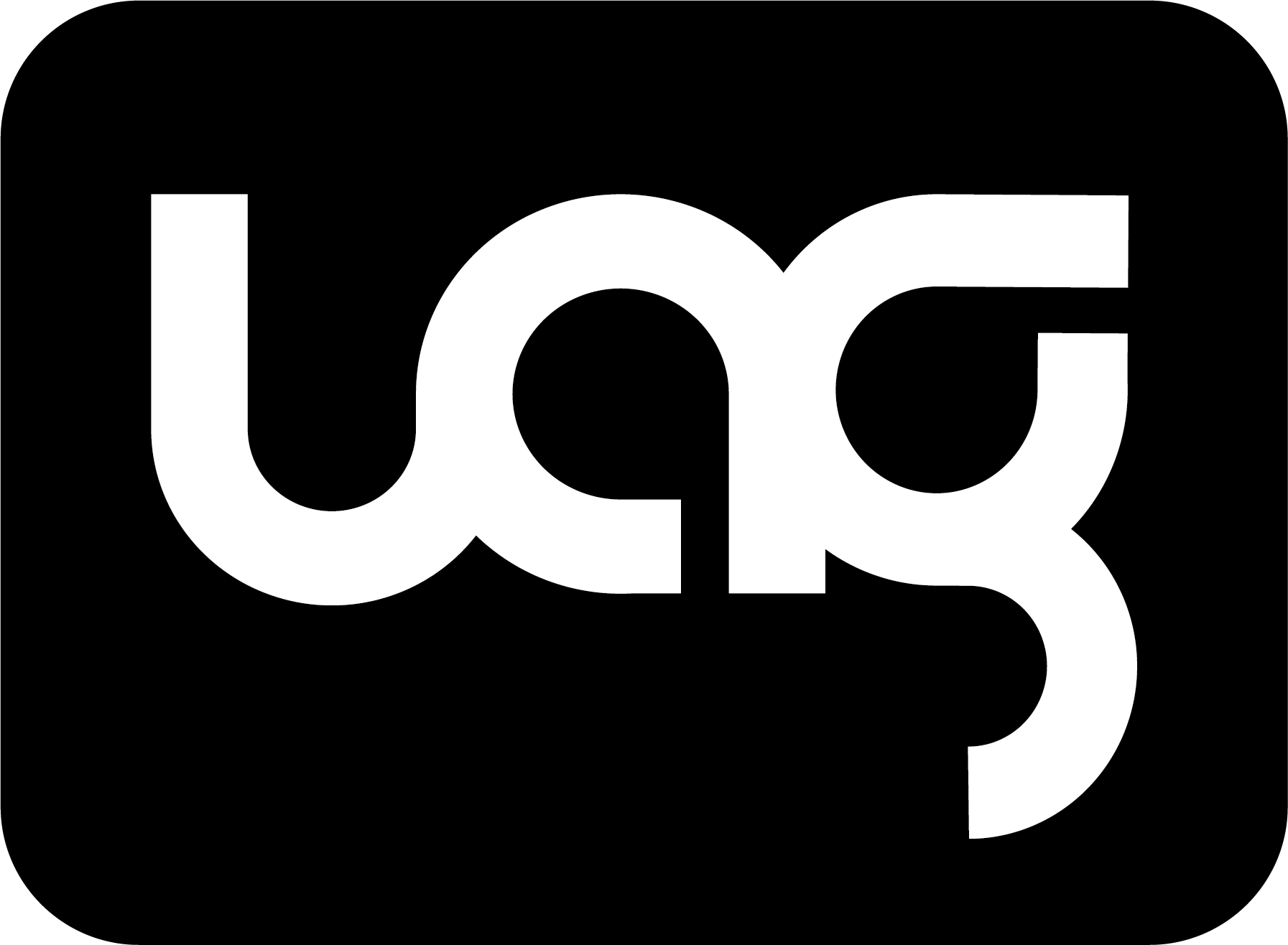NEW YORK, June 29 Reuters Several parts of the U.S. Treasury yield curve have reached deeper levels of inversion, a sign that bond investors are increasingly worried about an economic slowdown as the Federal Reserve looks set to raise interest rates further.
An inverted yield curve occurs when yields on shorterdated Treasuries rise above those for longerterm ones, reflecting bets that the central bank will need to cut rates to buoy an economy hurt by higher borrowing costs.
The yield curve39;s inversions deepened in June, after Fed Chair Jerome Powell indicated that the central bank would likely raise rates two more times this year. Powell on Wednesday reiterated that two more hikes this year were likely, including an increase widely expected next month.
Keeping rates higher for longer increases the chance that we move into a downturn, said Janet Rilling, a senior portfolio manager and the head of the Plus Fixed Income team at Allspring Global Investments. So it is a logical reaction from investors that they would then expect, at some point, that the Fed39;s going to have to be more aggressive in cutting.
On Wednesday, yields on oneyear Treasuries were as many as 153 basis points above those on 30year Treasuries, the biggest inversion since 1981, according to Refinitiv data. The curve between five and 30year Treasuries , meanwhile, touched a low of 20.7 on Wednesday the most inverted since March.
And the closely watched part of the curve that plots yields on…


